Details
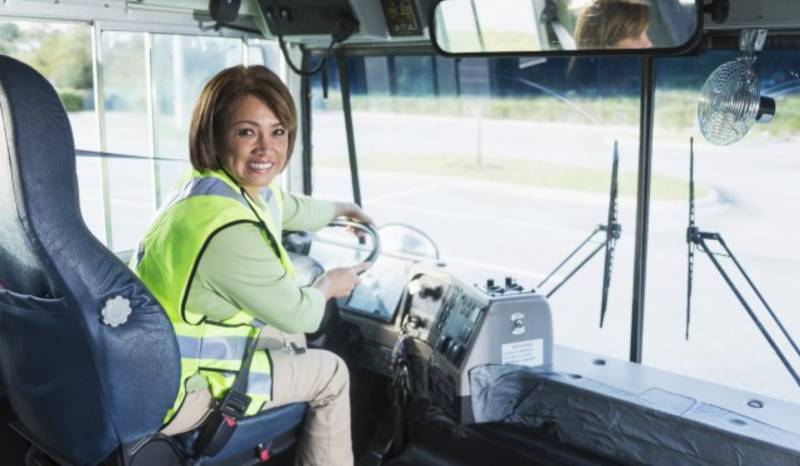
Why hasn’t this approach existed until now?
- Prior to the existence of flash charge electric vehicles, the need for a pantograph or third rail to deliver electricity to the vehicle was an unavoidable requirement. Only now can those massively expensive and complicated features be avoided and the paradigm be broken.
How do does flash charging fit the electrical grid better than other electrification systems?
- Existing pantograph and third-rail systems fit the grid now. But at the cost of needing a pantograph or third rail which costs years and billions. The move to electric vehicles is still a challenge. EVs use batteries that store electricity electro chemically. Batteries need time to be charged and they take time to discharge. However, charging a fleet becomes a load on the grid that is not manageable with existing infrastructure.
- Flash charging uses ultra capacitors which are an electromechanical device. Capacitors can accept a charge instantly. By flash charging, our vehicles use the energy all day, and during the day like a pantograph powered vehicle, but without the pantograph. Because they can accept a charge instantly, we capture 100% of the braking energy. Batteries can’t do that. So a flash charged ULRV requires much less energy to get station to station than a much heavier LRT.
Why don’t ULRT’s need special signals like other LRT systems.
- ULRT’s in their simplest form can operate in the existing environment but on tracks for the smooth fast and comfortable experience that drives a good portion of ridership.
How can you claim high ridership?
- Research has validated that railed vehicles have higher ridership by 20%. The data is irrefutable. So a 20% improvement is the starting point. By making all stops pay-to-access, environmentally controlled, and secure, an extra measure of ridership is expected. Finally, by offering a door to door solution, in lieu of Uber or Lyft, another level of ridership will apply. Taking these features into account we plan for 20% but expect a 30% improvement in ridership over established numbers on any given route.
ULRV’s have the latest propulsion system in the flash charger and a futuristic appearance with whisper-quiet operation.
Flash Charging
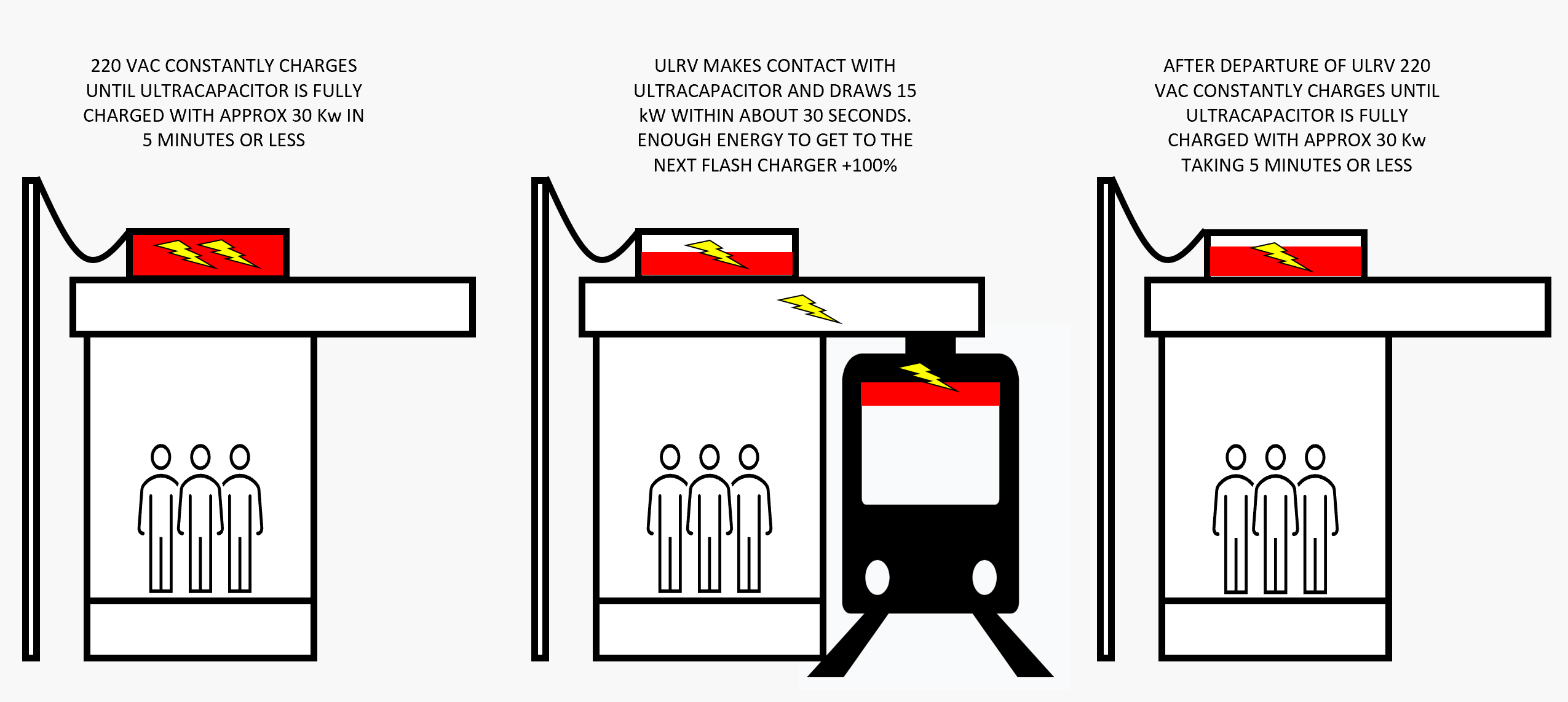

Sophisticated secure comfort, door to door, stop to stop.
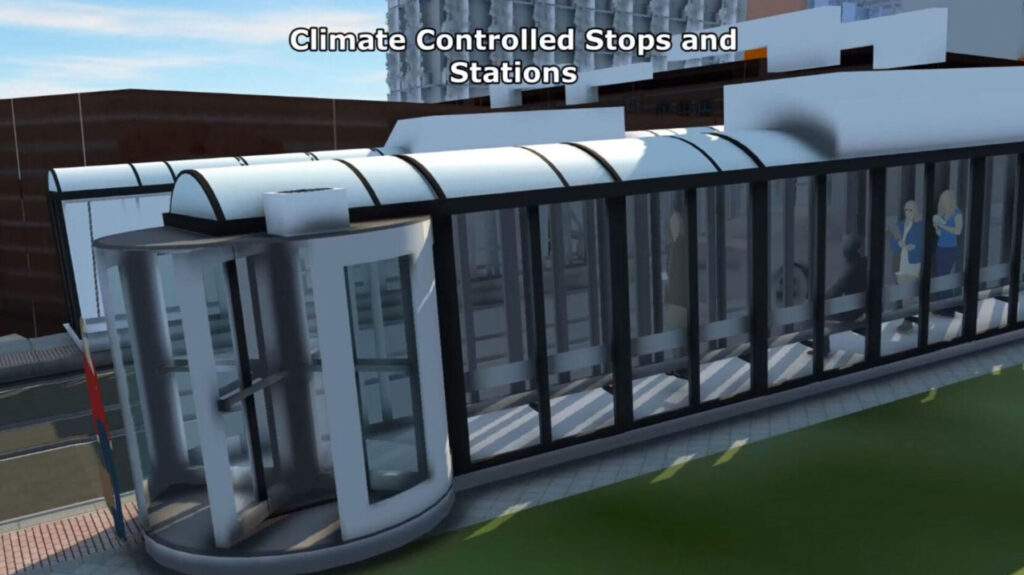
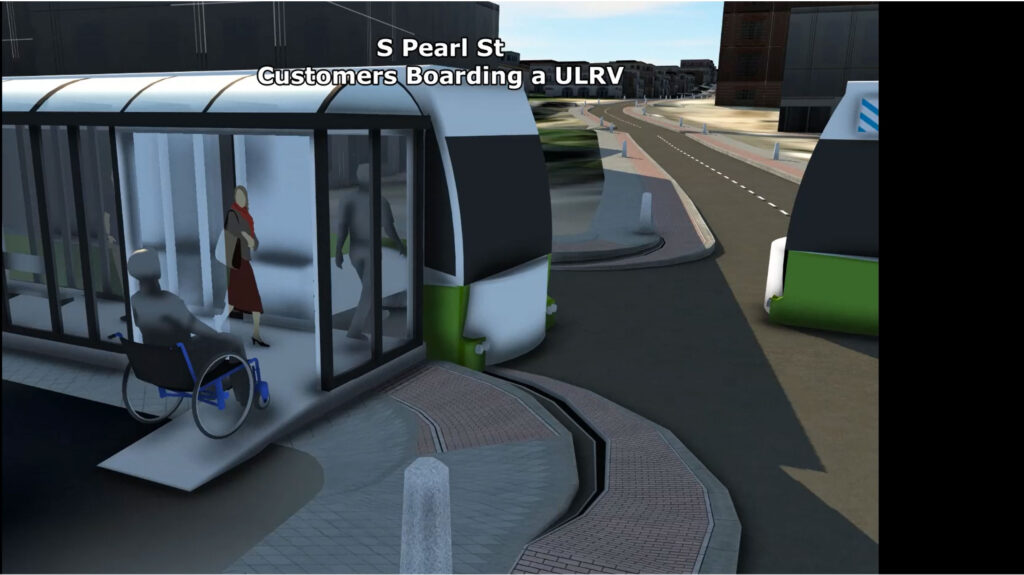
- 2 – ULRV’s use flash charging for power from station to station. This eliminates the overhead pantographs and catenary wires that are an enormous cost to engineer, fit into the built environment, and construct.
- A: Existing pantograph and third rail systems fit the grid now. But at the cost of needing a pantograph or third rail which costs years and billions. The move to electric buses is the grid issue. Electric buses use batteries that store electricity electro chemically. Batteries need time to be charged and they take time to discharge. However, charging a fleet becomes a load on the grid that is not manageable with existing infrastructure.
- Flash charging uses ultra capacitors which are an electromechanical device. Capacitors can accept a charge instantly. By flash charging, our vehicles use the energy all day, and during the day like a pantograph powered vehicle, but without the pantograph. Because they can accept a charge instantly, we capture 100% of the braking energy. Batteries can’t do that. So a flash charged ULRV requires much less energy to get station to station than an ebus. Even when compared to an LRT, ULRV’s are more efficient due to significantly lower vehicle weight per passenger.
On/Off Rail Technology
- Our on/off rail technology eliminates the need for switches and allows the vehicles to uses all existing infrastructure like maintenance barns and shunting yards. The on road capability means the vehicles can pass each other, other traffic, go door to door, climb hills and deal with snow the same as a bus.
- The on/off rail technology has the ULRV riding on steel wheels on a steel track while the ‘tire’ rotates with the steel wheel but not touching the ground. It hoers over a ‘trough’ that is about 1/2″ below the tire. When the track comes to a major intersection the trough gets shallower and the tire takes over from the wheel as the track disappears.
- The track has a 2″ depression in the road that is about 10″ wide. It is less problematic than streetcar tracks because bicycles and motorcycle will not get ‘caught’ in them. Cars and trucks can traverse them with no impact other than the sensation of running over a ridge in the pavement. Snowploughs run parallel to them and even if impacted perpendicularly, the edges are at an angle that would not catch the leading edge of a snowplough.
- Research has validated that railed vehicles have higher ridership by 20%. The data is irrefutable. By making most stops pay-to-access, environmentally controlled, and secure, an extra measure of ridership is expected. Finally, by offering a door to door solution, in lieu of Uber or Lyft, another level of ridership will apply.
- Prior to the existence of electric buses/vehicles, the need for a pantograph or third rail to deliver electricity to the vehicle was an unavoidable requirement. Only now can those massively expensive and complicated features be avoided and the paradigm be broken.
- The ULRT system uses two different vehicles. A stop to stop vehicle which is 40 to 65 feet long and a door to door vehicle which is 24′ long. They share the same rails but the door to door rides are more circuitous. Rideshare software, over a few weeks, will identify the regular pick ups and drop offs and optimize the routes to maximize efficiency and minimize travel times.
- ULRT turns tight corners on it’s tires. There is no way that rail to wheel resonance, also known as squeaking or screeching, can happen. To minimize the clacking associated with rails where they join, ULRT systems will use a compound mitered/radiused joint that will minimize any noise that could be created as the wheel transitions from one rail section to the next.
- For route sections lined with theatres, cafes and museums ULRV’s can transition to tires on rails which is the quietest of all. Patrons of the movies and museums need never hear the rumble of a passing train.
- Speeds are limited by local speed limits. Inter city speeds, when on dedicated rails unencumbered by roads will peak at about 70 mph.
Steel vs Concrete and Carbon Footprint
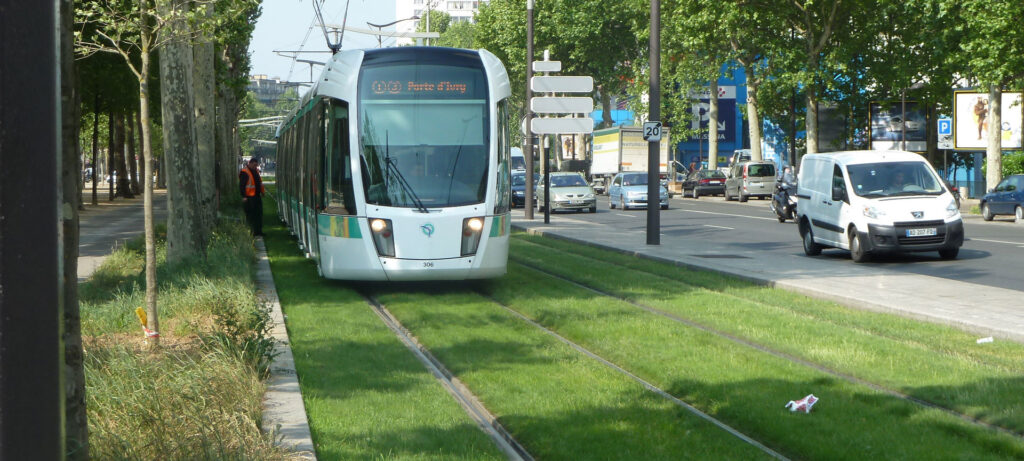
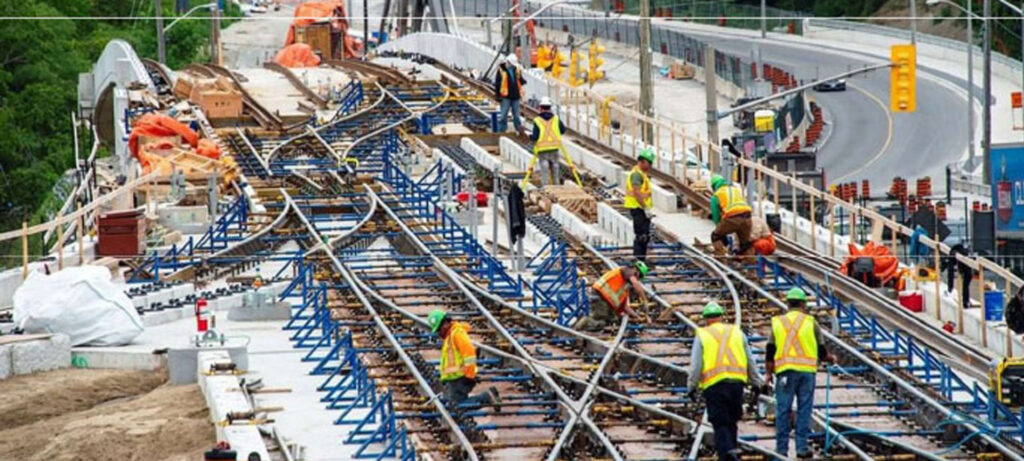
- It’s the only rail system that uses bus chassis instead of rail car chassis. This means the vehicles are light enough to operate on existing road beds and the cost or laying an extensive concrete foundation is removed.
- By avoiding concrete and reducing construction time an enormous amount of carbon is saved. Savings continue with the super high efficiency flash charging power system. Finally, over the 100 year service life of the rails, future maintenance and repairs carbon is saved.
- A 100 year service life applies to the rail foundation. Rails will have to be replaced as a matter of wear and tear, but in doing so, the whole road does not get torn up. The rail gets removed from the rail frame and replaced. The steel foundation is engineered for a 100 year service life but like the El’s in Chicago, which are already up to 130 years old, steel lasts.
Helical Pile Foundations

- A helical pier is a screw for the ground. It’s a proven foundation technology used extensively in construction and for rail beds. It allows the ULRT rails to anchor in place with the holding strength required but without the need to dig and pour millions of tons of concrete.
- Only helical piers can be drilled on angles to avoid subterranean utilities, tree roots, and other obstructions.
- Helical piers allow for ULRT tracks to be laid on open ground, with no need for asphalt gravel or concrete of any sort. This means cost per mile of two way rail construction can be as low as $3M.
- ULRT is the only rail system that uses bus chassis instead of rail car chassis. This means the vehicles are light enough to operate on existing road beds and the cost or laying an extensive concrete foundation is removed.
- The 100 year service life applies to the rail foundation. Rails will have to be replaced as a matter of wear and tear, but in doing so, the whole road does not get torn up. The rail gets removed from the rail frame and replaced. The steel foundation is engineered for a 100 year service life but like the El’s in Chicago, which are already over 130 years old. Steel lasts. Concrete deteriorates.
Ultra Light Vehicles
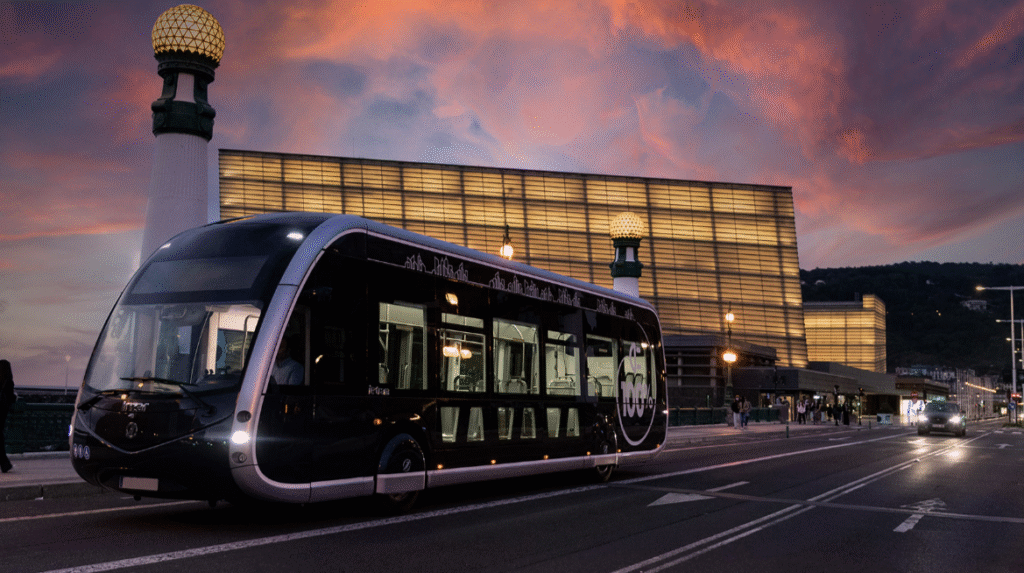
- ULRT is the only rail system that uses bus chassis instead of rail car chassis. This means the vehicles are light enough to operate on existing road beds and the cost or laying an extensive concrete foundation is removed.
- ULRVs are designed to store enough energy to go from one flash charger to the next. That removed thousands of pounds of batteries per vehicle.
Software
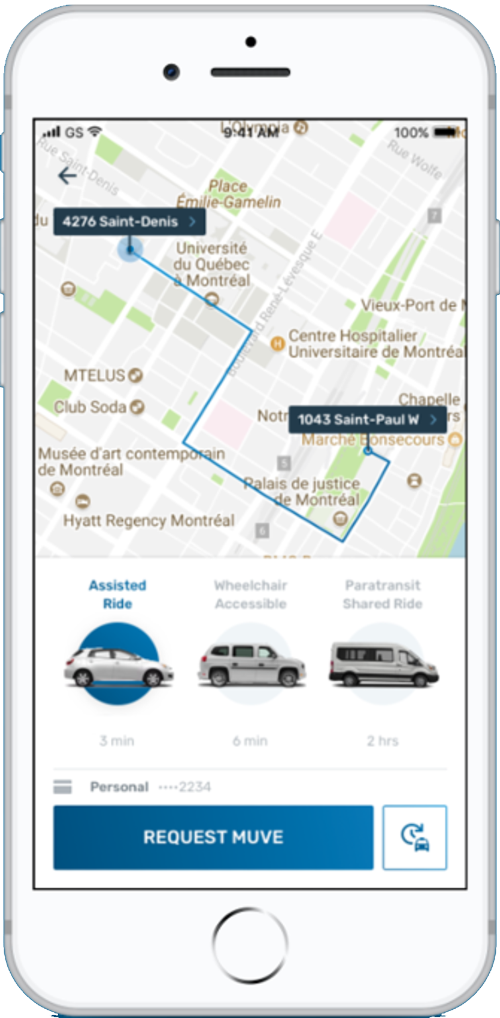
Rideshare is part of the ULRT scope of technolgies. Riders can schedule door to door service and even request assisted travel
Rideshare Platform
How can rideshare work with big ULRV’s going down side streets?
- The ULRT system uses two different vehicles. A stop to stop vehicle which is 40 to 65 feet long and a door to door vehicle which is 24′ long. They share the same rails but the door to door rides are more circuitous. Rideshare software, over a few weeks, will identify the regular pick ups and drop offs and optimize the routes to maximize efficiency and minimize travel times.
- See More
MTS is dedicated to creating the best public transit user experience in the world. Our rideshare software provides three levels of service seamlessly:
- Stop to Stop. Get a prompt when it’s time to catch the bus, anticipating your geolocation to the closest stop with the soonest vehicle arrival.
- Door to Door. Schedule a pick up within hundreds of yards of the main line. Get dropped off at your destination directly, or after transferring to another main line Door to Door vehicle.
- Assisted Door to Door. Our system will dispatch a companion for door to door trips involving infirm or wheelchair bound passengers.
- This third option eliminates the need for special transit systems for assisted public transit.
- Door to door service closes the gap between typical public transit and the mobility challenged community. For those in need of assisted service, the ULRT system will dispatch attendants on the door to door vehicles within the rideshare software so every community can experience the ULRT system benefits.
- The ULRT system uses two different vehicles. A stop to stop vehicle which is 40 to 65 feet long and a door to door vehicle which is 24′ long. They share the same rails but the door to door rides are more circuitous. Rideshare software, over a few weeks, will identify the regular pick ups and drop offs and optimize the routes to maximize efficiency and minimize travel times.
- FareShare is an anonymous token app that collects and allocates fares according to geolocation. It provides rider privacy while feeding real time data to the operator for demand planning and route optimization. The pay to access platforms ensures fares are collected.
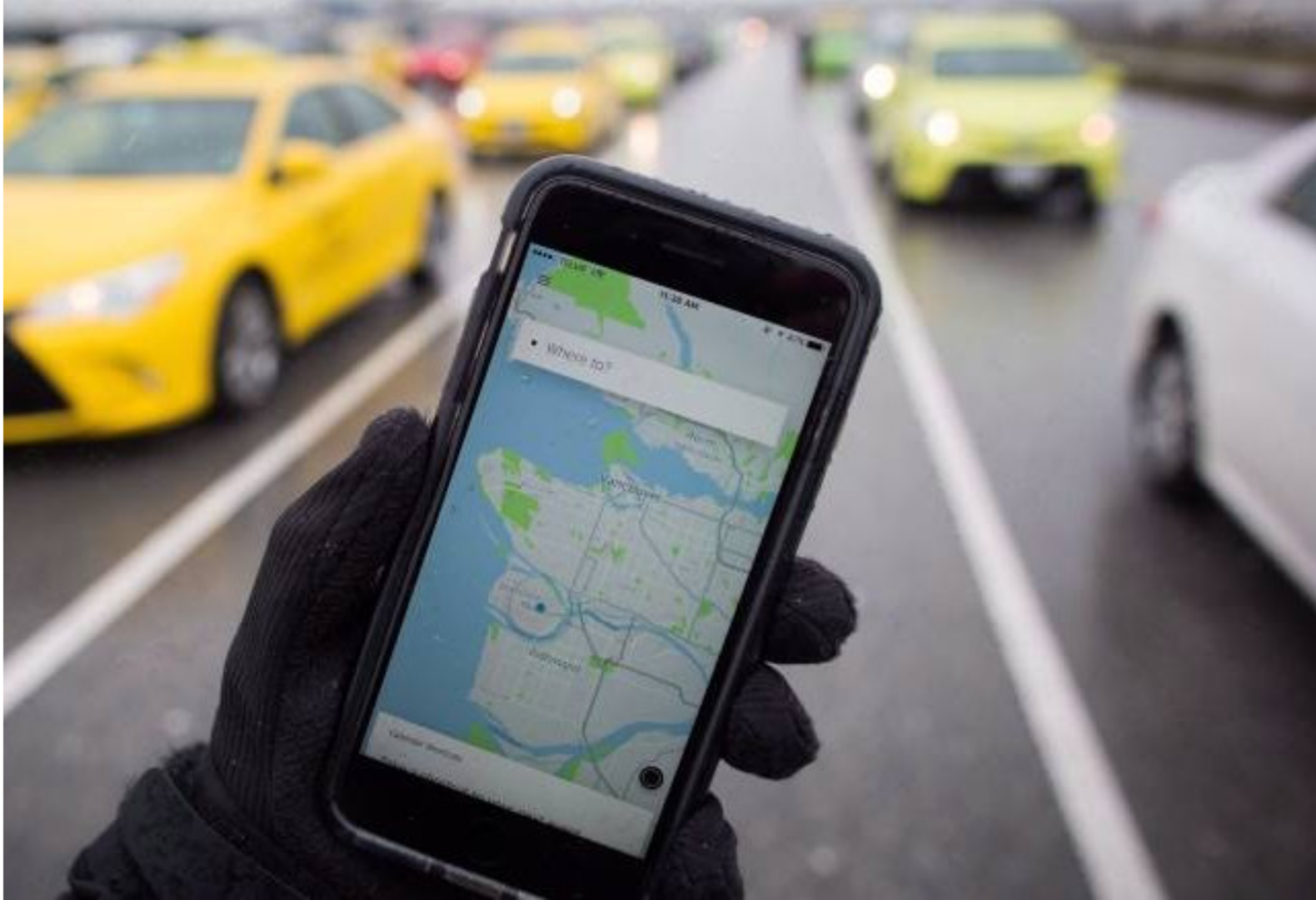
FareShare
Is a fully functional fare collection and allocation platform that complements RideShare. Improve ridership with coupons, gifting, and gamification contests.
Financing
Why is the political cycle mentioned as a benefit?
- Because ULRT systems can be planned, budgeted, financed, engineered, constructed and operated within an election cycle, the democratic process can make a decision, deliver on the decision, and get the benefit of delivering progress to the electorate by getting re-elected. This is a reality of government today. Because LRT’s are so long to plan, engineer and construct, they are vulnerable to being cancelled or changed by new governments that come into power often before a shovel goes in the ground.
Is the capacity of a ULRT the same as a BRT or LRT?
- It can be depending on the use of dedicated lanes and rights of way. LRT capacities reflect dedicated right of way systems which cost billions. Because ULRT shares the road with vehicles, a dedicated lane can provide 90% of the benefit for 10% of the capital cost.
What makes the system low cost when others are so expensive?
- ULRT benefits from three features that combine to shatter the cost barrier.
- It’s the only rail system that uses bus chassis instead of rail car chassis. This means the vehicles are light enough to operate on existing road beds and the cost or laying an extensive concrete foundation is removed.
- ULRV’s use flash charging for power from station to station. This eliminates the overhead pantographs and catenary wires that are an enormous cost to engineer, fit into the built environment, and construct.
Our on/off rail technology eliminates the need for switches and allows the vehicles to uses all existing infrastructure like maintenance barns and shunting yards. The on road capability means the vehicles can pass each other, other traffic, go door to door, climb hills and deal with snow the same as a bus.
TECHNOLOGIES BLENDED FOR PRACTCALITY
- ULRT is the only low cost, high ridership model. The result is profitable operation. Nobody wants buses. LRT’s are very high cost high ridership. Streetcars are not acceptable because they block traffic and cannot pass.
- Albany Feasibility Study
- ULRT benefits from three features that combine to shatter the cost barrier.
1 – It’s the only rail system that uses a lightweight chassis instead of rail car chassis. This means the vehicles are light enough to operate on existing road beds and the cost or laying an extensive concrete foundation is removed.
2 – ULRV’s use flash charging for power from station to station. This eliminates the overhead pantographs and catenary wires that are an enormous cost to engineer, fit into the built environment, and construct. It even eliminates the need for massive electrical substations to feed fleet charging barns that cost hundreds of millions of dollars.
3 – Our on/off rail technology eliminates the need for switches and allows the vehicles to uses all existing infrastructure like maintenance barns and shunting yards. The on road capability means the vehicles can pass each other, other traffic, go door to door, climb hills and deal with snow.
- Research has validated that railed vehicles have higher ridership by 20%. The data is irrefutable. So a 20% improvement over tired buses is the starting point. By making all stops pay-to-access, environmentally controlled, and secure, an extra measure of ridership is expected. Finally, by offering a door to door solution, in lieu of Uber or Lyft, another level of ridership will apply. Taking these features into account we plan for 20% but expect 30% improvement in ridership over established numbers on any given route.
- ULRV’s have the latest propulsion system in the flash charger and a futuristic appearance with whisper quiet operation.
- Because ULRT systems can be planned, budgeted, financed, engineered, constructed and operated within an election cycle, the democratic process can make a decision, deliver on the decision, and get the benefit of delivering progress to the electorate. This is a reality of government today. Because LRT’s are so long to plan, engineer and construct, they are vulnerable to being cancelled or changed by new governments that come into power often before a shovel goes in the ground.